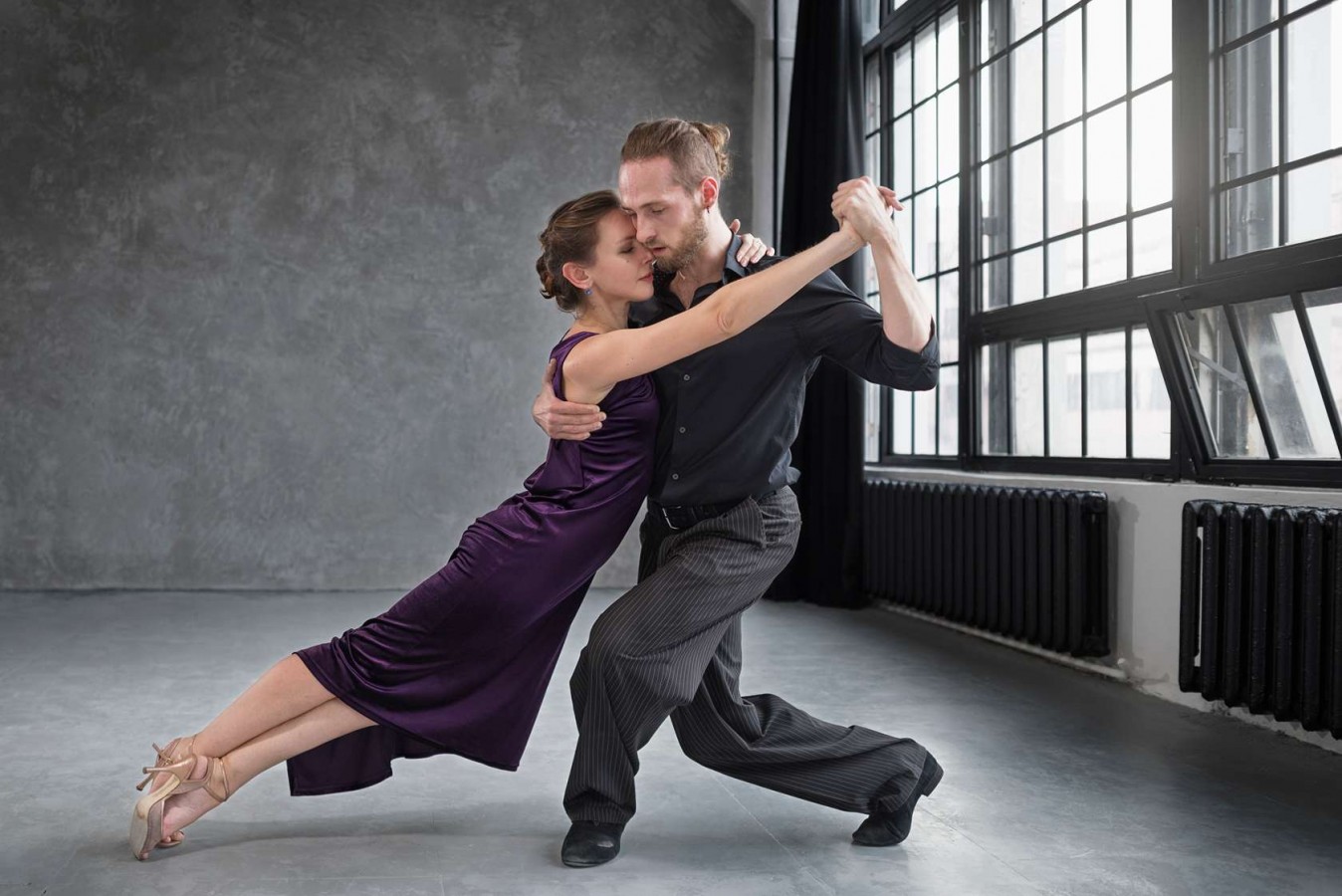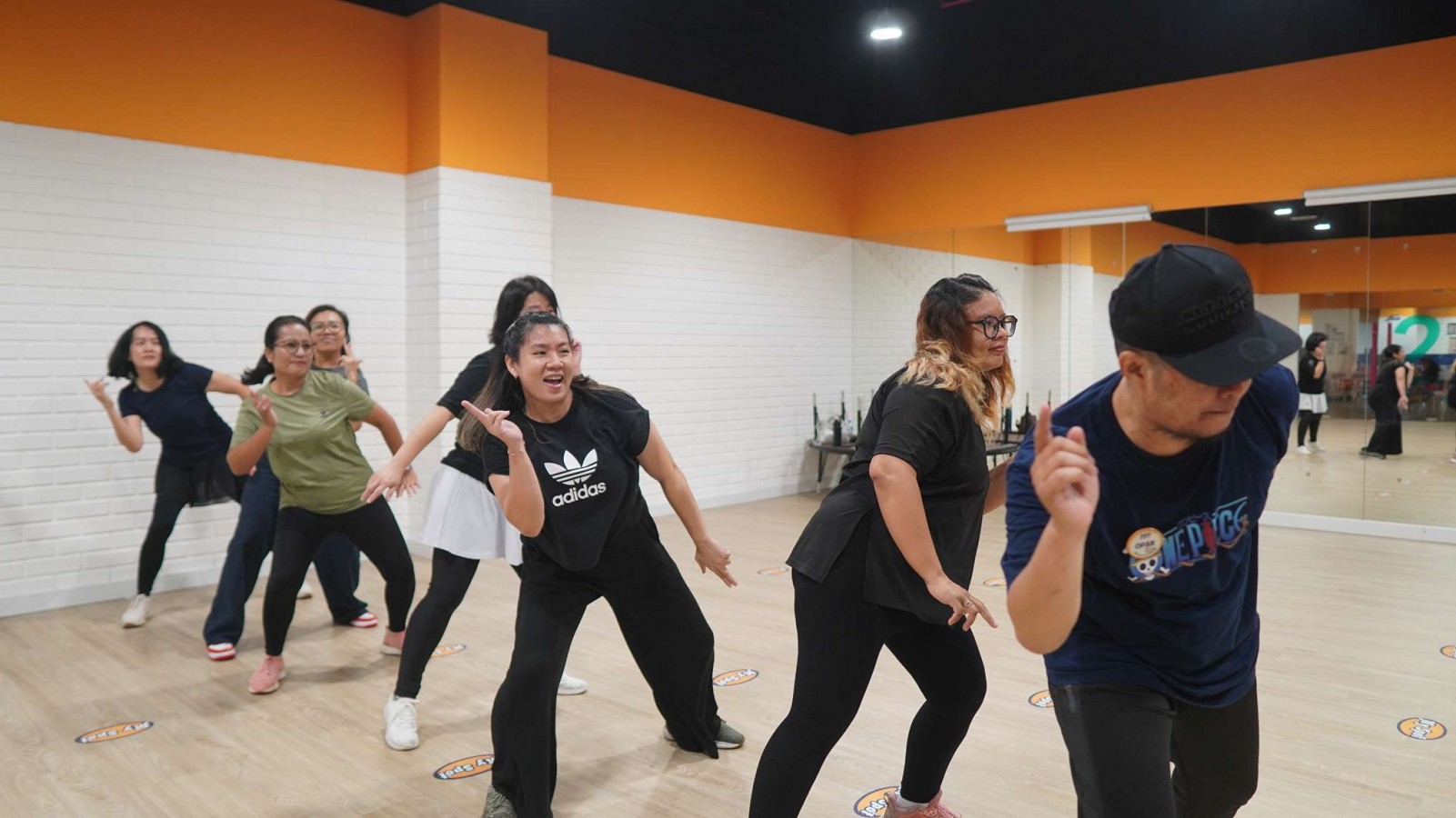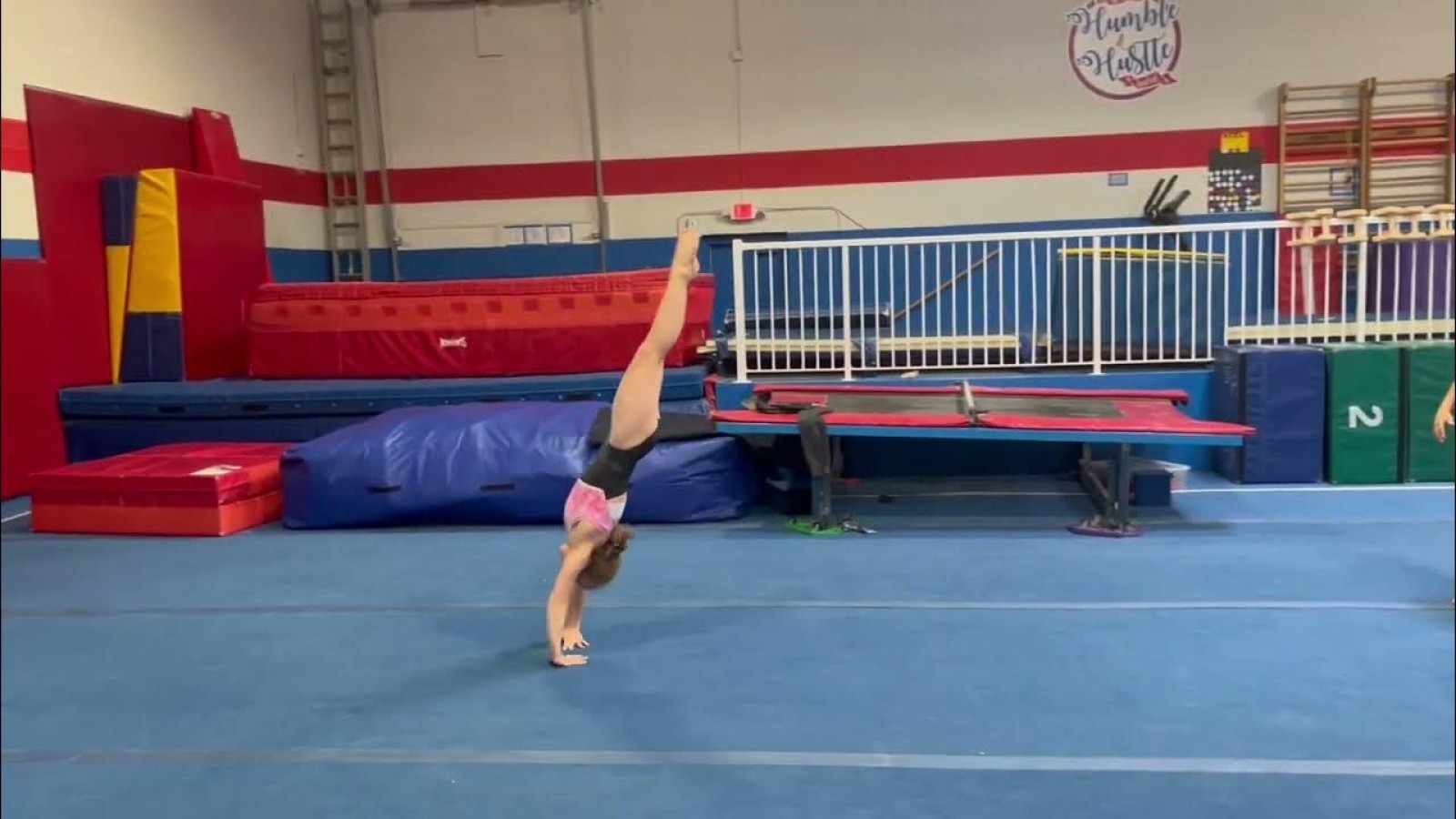Ballroom Dance: Definition, History, and Its Style

Have you wondered about ballroom dance? This type of dance form combines rhythm, elegance, and seamless partnership which makes it one of the most mesmerizing styles of dance. It’s a beautiful blend of storytelling, emotion, and movement that has enchanted people for centuries.
In this article, we’ll explore what ballroom dance is, its rich history, and the many styles that have evolved over time. Let’s check it out!
What is Ballroom Dance?
Ballroom dance refers to a set of partner dances enjoyed both socially and competitively worldwide. These dances require synchronized movements between two partners, typically a leader and a follower, who move harmoniously to the rhythm of the music. Ballroom dancing is known for its structured patterns, smooth and graceful movements, and deep connection between dancers.
There are two main categories of ballroom dance:
- Standard/Smooth Ballroom Dances which focus on fluid, sweeping movements and elegant postures.
- Latin/Rhythm Ballroom Dances which feature faster footwork, hip action, and energetic expressions.
The History of Ballroom Dance
The term “ballroom” comes from the Latin word ballare, meaning “to dance.” Ballroom dancing originated in European royal courts during the Renaissance, where formal dances were performed at grand social events. Aristocrats and nobility used dance as a way to display elegance, refinement, and social status.
By the 17th and 18th centuries, ballroom dance had become more structured, with defined steps and choreography. The minuet, a French dance, was particularly popular during this time. As dance forms spread across Europe, new styles began emerging, each influenced by different cultures and music styles.
During the 19th century, ballroom dance evolved into a more accessible form of social entertainment. The waltz became a sensation, breaking traditional dance norms by introducing close partner connections. The foxtrot, tango, and quickstep emerged in the early 20th century, influenced by jazz and Latin American music.
In the 20th and 21st centuries, ballroom dance grew into both a competitive sport and a beloved social activity. Institutions such as the World Dance Council (WDC) and the International DanceSport Federation (IDSF) formalized rules and styles for competitive ballroom dancing.
Today, ballroom dance is a global phenomenon, showcased in major competitions and entertainment shows like Dancing with the Stars and Strictly Come Dancing.
10 Popular Styles of Ballroom Dance
Ballroom dance is incredibly diverse, offering a mix of elegance, passion, energy, and artistry. Let’s dive into some of the most popular ballroom dance styles:
1. Waltz
The waltz is one of the most classic and romantic ballroom dances, known for its smooth and graceful movements. Originating in Austria in the 18th century, it quickly became a favorite among European aristocrats. The waltz is danced in 3/4 time with a signature “rise and fall” technique, giving it a floating and effortless feel.
2. Tango
The tango is all about intensity, drama, and connection. Originating from Argentina in the late 19th century, this dance is famous for its sharp movements, precise footwork, and deep emotional expression. The tango requires strong posture, a close embrace, and precise control between partners.
3. Foxtrot
The foxtrot emerged in the early 20th century, thanks to actor Harry Fox. It is known for its smooth, gliding steps and effortless transitions. Unlike the waltz, it is danced in 4/4 time and pairs well with jazz or big band music. The foxtrot is a social dance that allows dancers to move freely while maintaining elegance.
4. Quickstep
The quickstep evolved from the foxtrot but is much faster and more dynamic. Danced at high speed, it features quick footwork, hops, and light-hearted energy. It’s one of the most fun and challenging ballroom dances, requiring agility and precision.
5. Viennese Waltz
The Viennese waltz is a faster and more continuous version of the traditional waltz. Originating in Austria during the 18th century, it is characterized by rapid, graceful turns and nonstop movement. Dancers must maintain excellent posture while spinning around the floor.
6. Cha-Cha
The cha-cha comes from Cuba and is one of the most playful Latin ballroom dances. It features quick steps, rhythmic hip movements, and a flirtatious vibe. The rhythm follows a "two slow, three quick" pattern, making it easy to recognize.
7. Rumba
Often called the dance of love, the rumba is a slow, sensual Latin dance focusing on hip movement, controlled footwork, and emotional connection. Originating from Afro-Cuban traditions, it emphasizes expressive body language and storytelling through movement.
8. Samba
The samba is a lively and rhythmic dance that originates from Brazil. It is known for its bouncing action, dynamic footwork, and vibrant energy. Samba is commonly associated with Carnival, where dancers showcase dazzling costumes and energetic performances.
9. Jive
The jive is a fast-paced dance that evolved from swing dancing in the United States. It is packed with kicks, flicks, and energetic movements, making it one of the most exciting ballroom styles. It is typically danced to rock and roll music.
10. Passo Doble
The passo doble is inspired by Spanish bullfighting and is one of the most dramatic ballroom dances. The leader represents the matador, while the follower represents the matador’s cape. It features strong, bold movements, sharp footwork, and theatrical storytelling.
11. East Coast Swing
Also known as the American Swing, the East Coast Swing originated in the early 20th century along the East Coast of North America. It is a fun, upbeat dance that is more grounded and slightly slower than the Jive.
While it doesn’t have the exaggerated bounce of Jive, it still maintains an energetic and playful feel, making it a crowd favorite at dance parties.
12. Bolero
The Bolero is a unique ballroom dance that combines elements of both the Waltz and the Rumba. It features slow, romantic movements with a rise-and-fall technique, creating a dreamy, flowing effect.
13. Mambo
The Mambo is a high-energy Cuban dance known for its quick, syncopated steps and rhythmic hip action. It shares similarities with Salsa and Cumbia but has its own unique flair.
Traditionally, the Mambo breaks on the second beat, creating an exciting and dynamic feel. Picture a lively Latin dance club, where dancers move with electrifying energy and spontaneous flair.
Want to Learn Ballroom Dance?
Ballroom dance is an art form that blends grace, rhythm, and expression while carrying a rich history of tradition and evolution. If your child is captivated by the beauty of dance, why not nurture their talent?
At Rockstar Academy, the best Sports & Performing Arts Academy, your child can embark on an incredible dance journey through expert-led dance programs designed to develop their skills and confidence.
With opportunities to perform in Dance Recital, Elite Championships, and RockOlympics, they’ll gain invaluable experience and discover their true potential. Plus, Rockstar Academy offers a free trial class, so your child can step onto the dance floor and experience the magic firsthand. Enroll today and let them dance their way to excellence!
FAQ
Is ballroom dancing difficult to learn?
Ballroom dancing can be challenging at first, but with practice and dedication, anyone can learn. Beginners usually start with simpler dances like the waltz or cha-cha before progressing to more complex styles.
Do I need a partner to learn ballroom dance?
While ballroom dance is traditionally a partner dance, many dance studios offer classes where individuals can learn without a fixed partner. Instructors often rotate partners during group lessons.
What are the health benefits of ballroom dancing?
Ballroom dancing improves cardiovascular health, enhances coordination, builds muscle strength, and boosts mental well-being. It’s also a great way to socialize and reduce stress.



